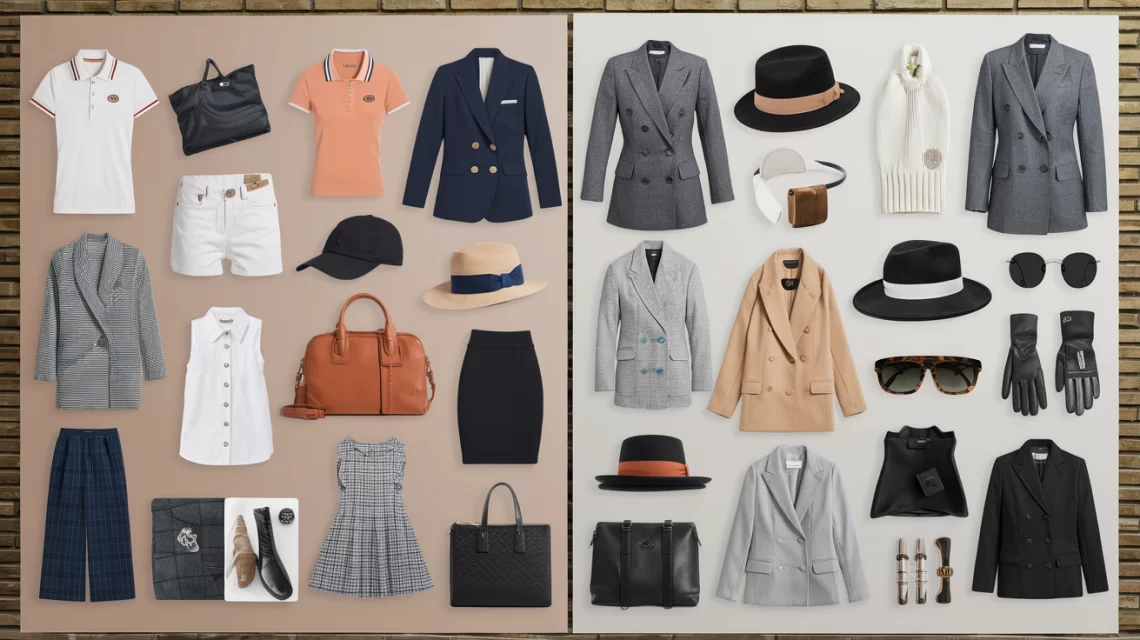
Preppy vs. Old Money Fashion: Uncovering the Key Differences
Fashion is an ever-evolving world, yet some styles remain iconic no matter the era. Among these are the preppy and old money aesthetics—two enduring styles that have captivated fashion enthusiasts for generations. But what makes them different? And why do these styles continue to appeal to so many? Let’s explore the intricacies of preppy and old money fashion, uncovering their origins, defining traits, and how you can seamlessly blend them into your wardrobe.
But don’t worry – you don’t need a massive budget or a huge office to make this work. In fact, Japandi is the perfect design style for small offices. Let me show you how I transformed my tiny work corner into a serene, productivity-boosting haven with some simple, stylish ideas.
Table of Contents
ToggleUnderstanding Preppy Style
Origins of Preppy Fashion
Preppy fashion has its roots deeply planted in the elite Ivy League colleges of the Northeastern United States, where it first gained popularity among students in the early 20th century. The style was influenced by American prep schools, which instilled a sense of practicality and polish in their uniforms. At the heart of preppy fashion is a blend of British traditional attire and the leisurewear associated with sports like tennis, sailing, and golf—activities that were favored by the affluent (learn here how to slay Preppy Casual at the office).
Key Characteristics of Preppy Style
At its core, preppy fashion is defined by clean lines, classic cuts, and a palette that favors neutrals with occasional bursts of pastel. Staples of this style include polo shirts, khakis, and blazers—often in colors like navy, white, and khaki, sometimes punctuated with stripes, plaids, or argyle patterns. Nautical motifs like anchors and sailboats also play a significant role, reflecting the style’s association with coastal leisure and a lifestyle centered around exclusivity and refinement.
Popular Brands Associated with Preppy Fashion
When you think of preppy style, brands like Ralph Lauren, Brooks Brothers, and Lacoste immediately come to mind. These labels have become synonymous with the preppy aesthetic, offering timeless pieces that exude understated elegance. Ralph Lauren, for instance, is almost a byword for preppy fashion, with its iconic polo shirts and equestrian-inspired collections leading the charge in defining this look.
How Preppy Style Has Evolved Over Time
While preppy fashion remains true to its roots, it has undoubtedly evolved. Today, you might notice preppy outfits with more tailored fits, bolder colors, and even a mix of casual and formal elements. However, the essence of preppy style—simplicity, quality, and a touch of sophistication—continues to be its defining characteristic, ensuring it remains relevant in modern wardrobes.

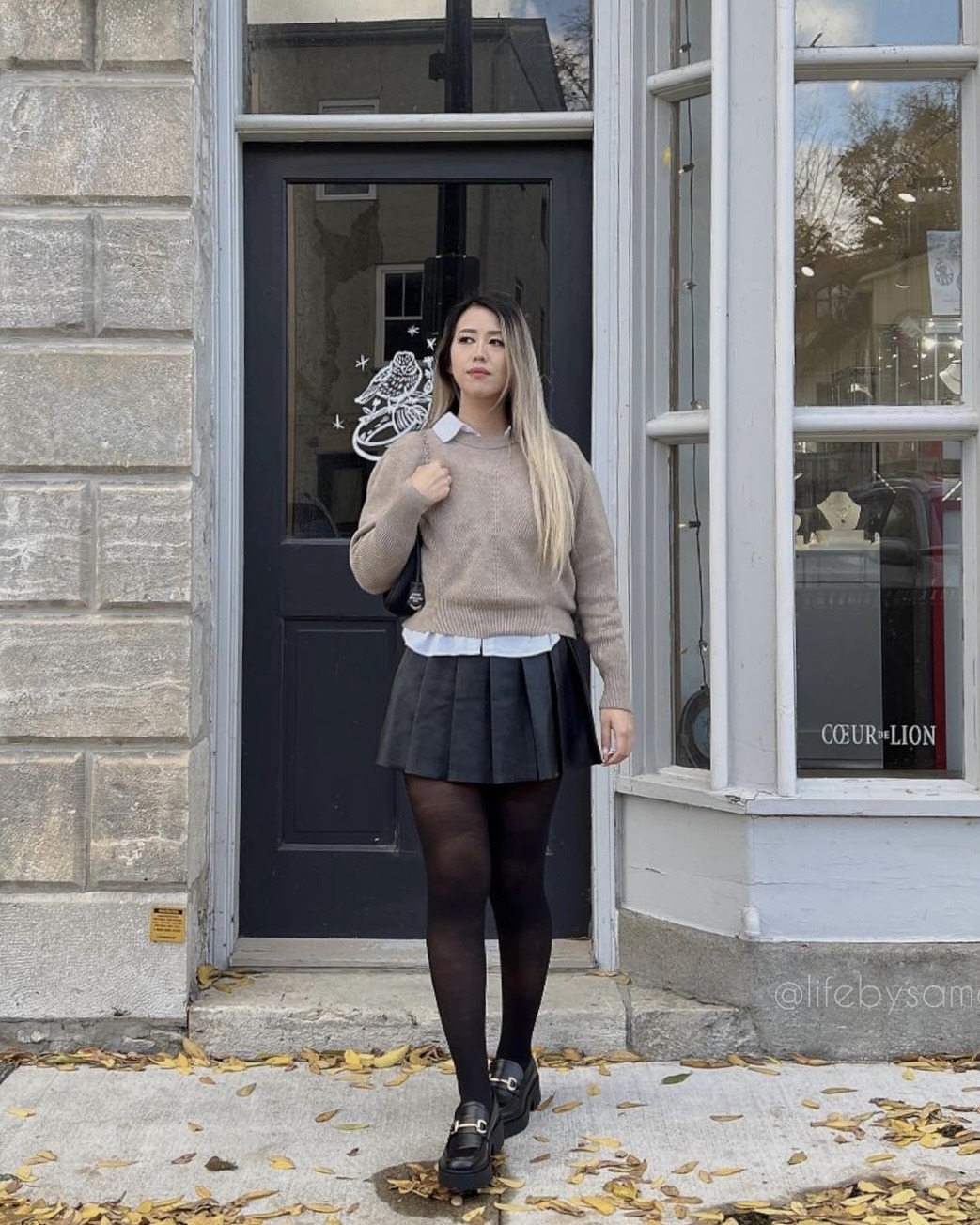



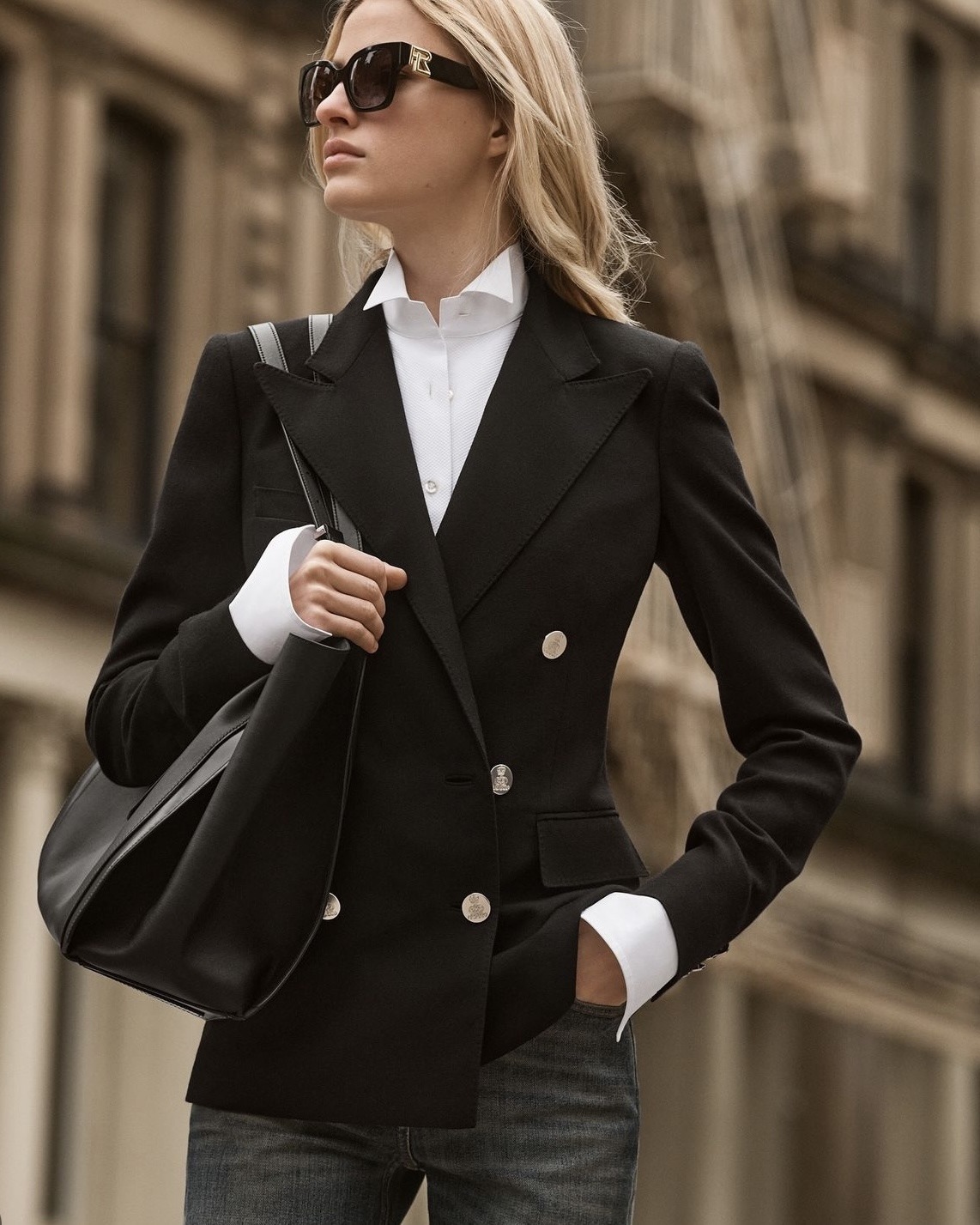
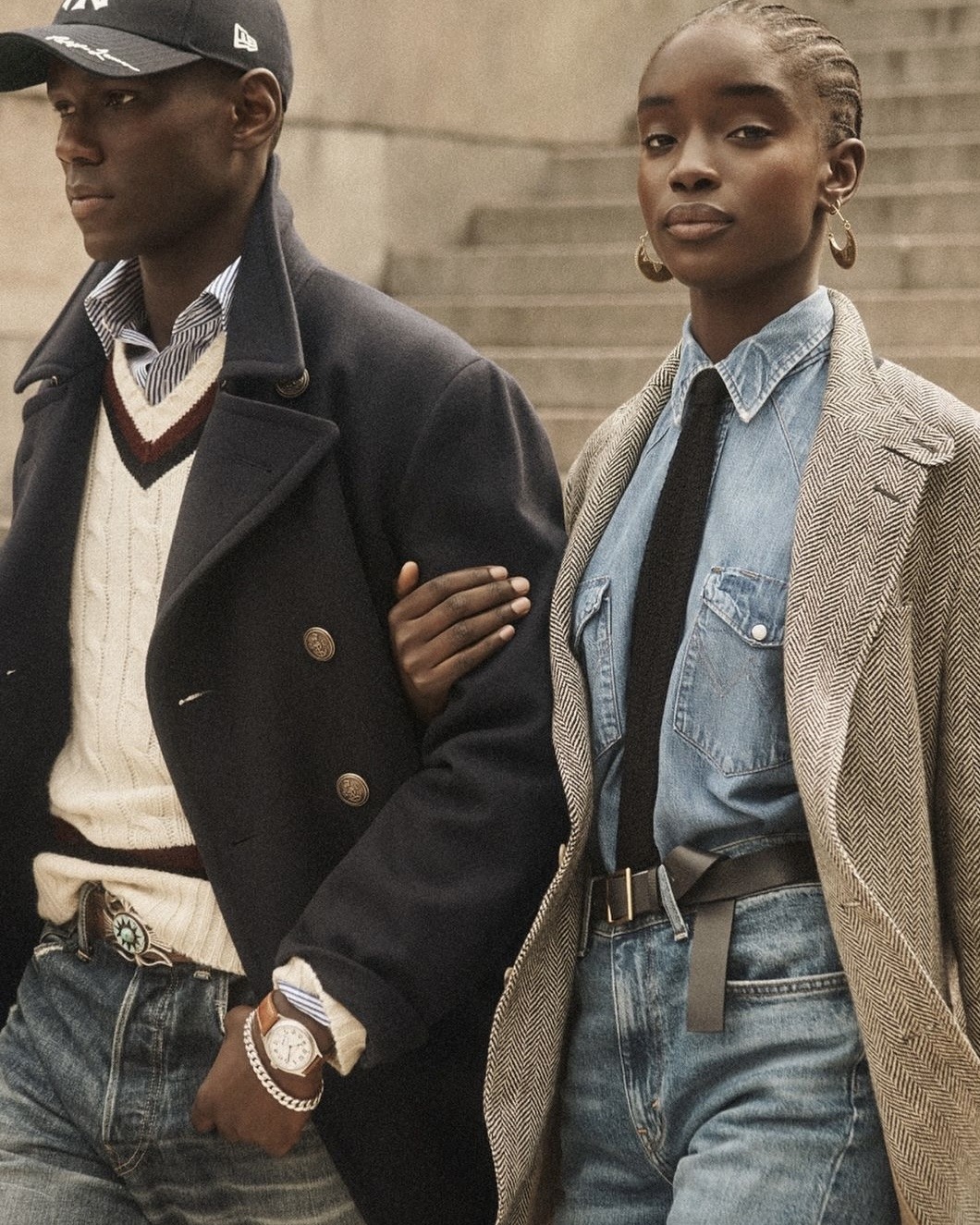
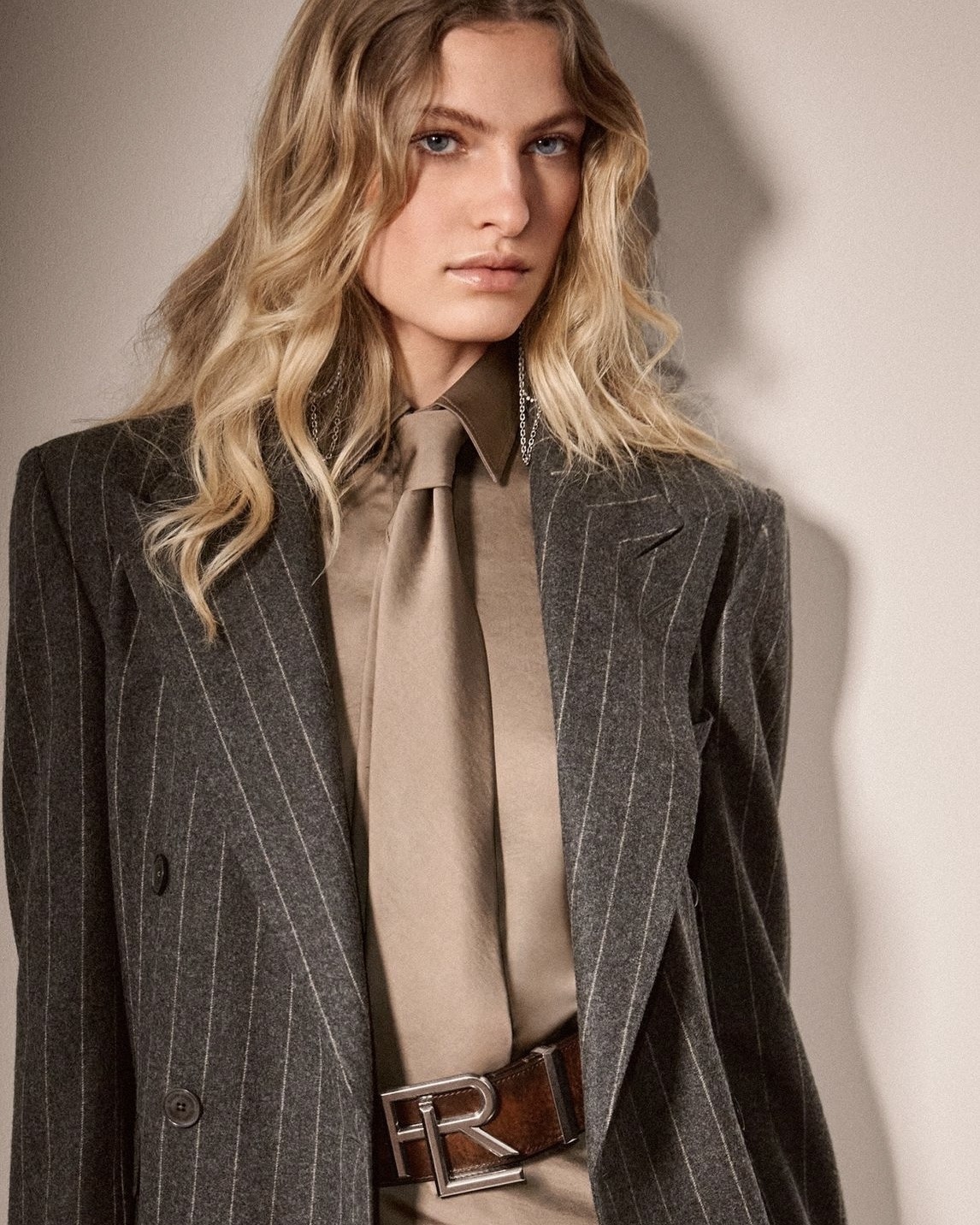

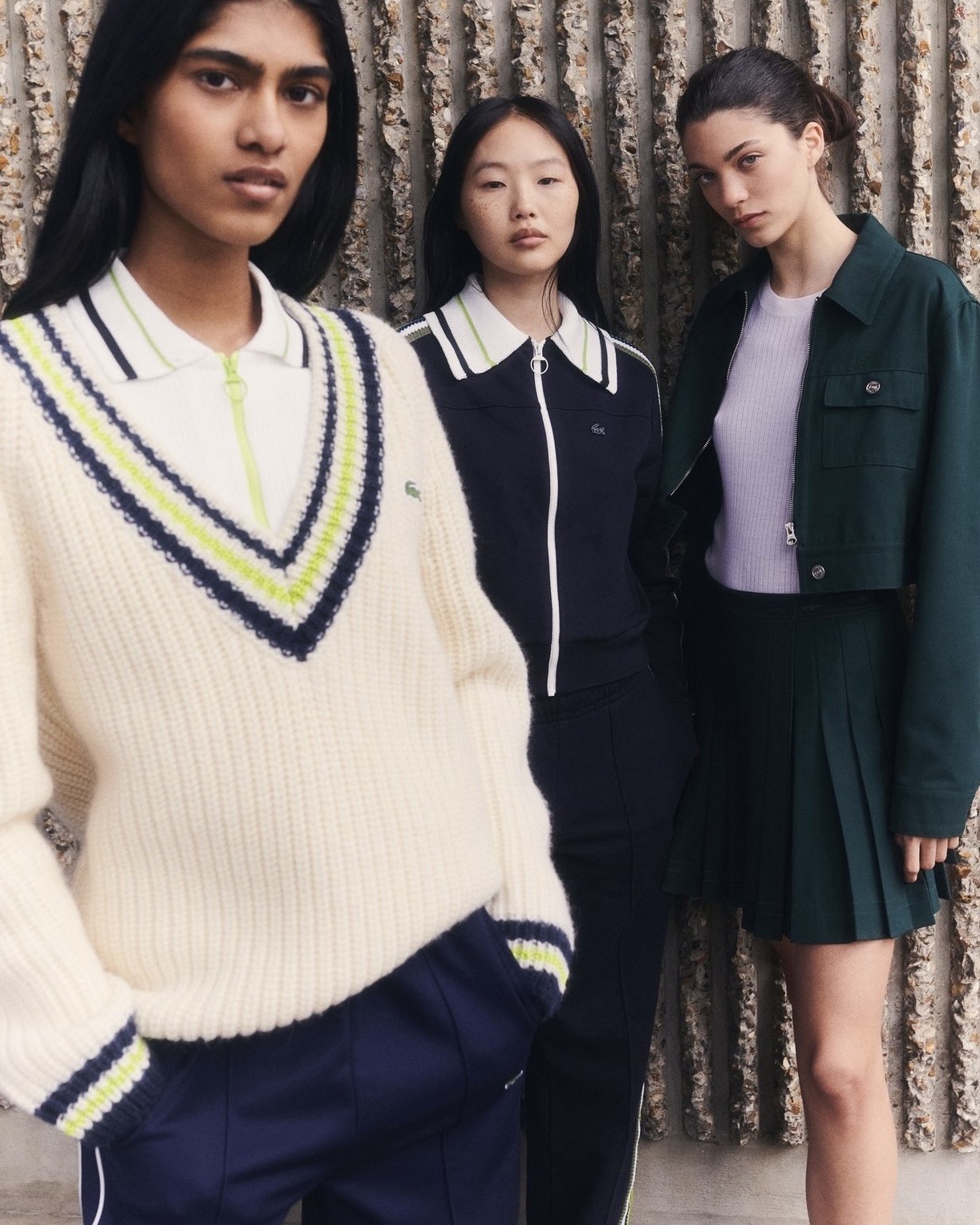


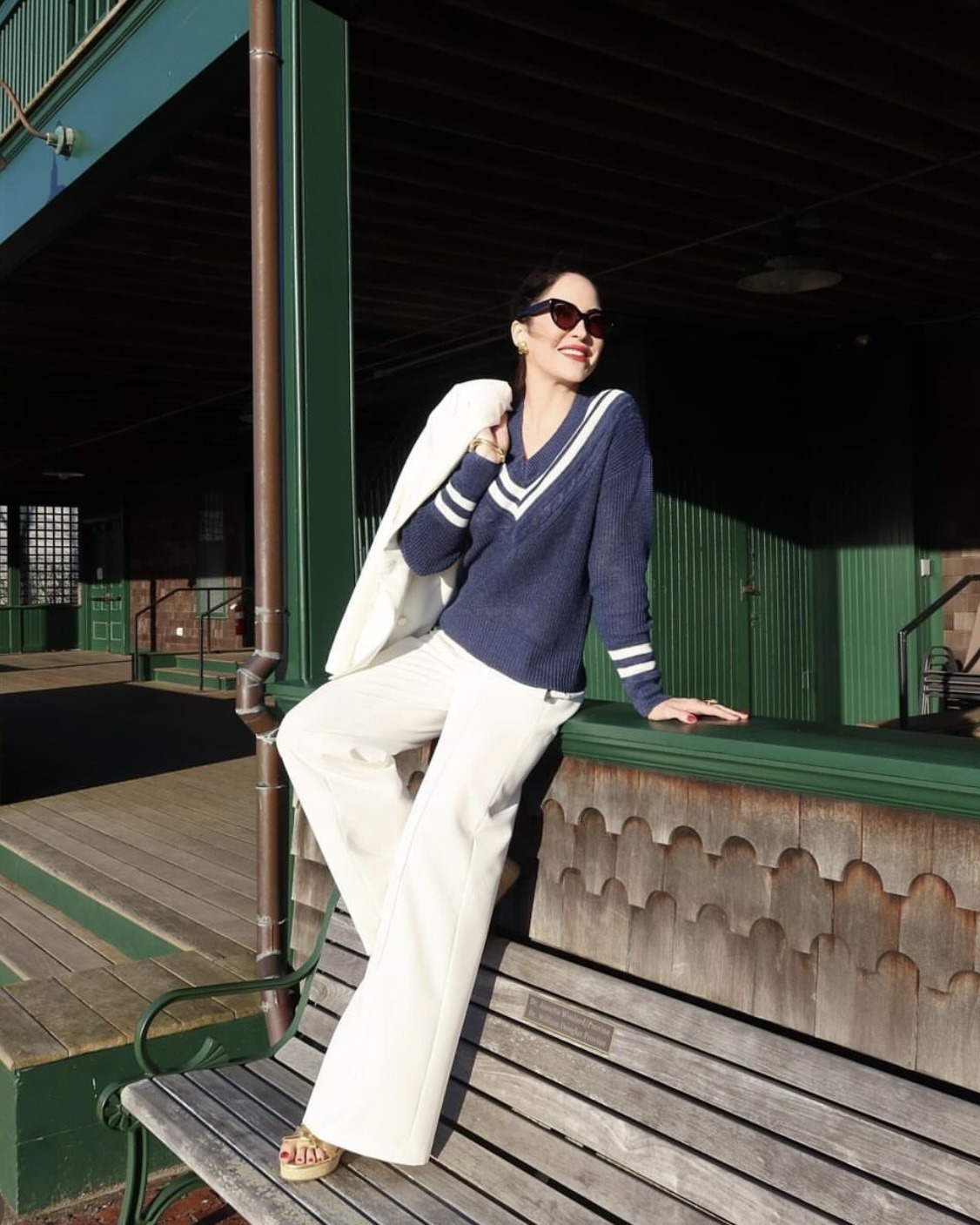
What Defines Old Money Style?
Historical Roots of Old Money Fashion
Old money fashion, on the other hand, is steeped in the traditions of European aristocracy and America’s upper class. It embodies a style that prioritizes quality, heritage, and timelessness—hallmarks of generational wealth. Unlike preppy fashion, which is more visibly youthful and sporty, old money fashion is about subtlety and quiet luxury, exuding sophistication without the need for overt displays of wealth.
Signature Elements of Old Money Style
The old money style is characterized by tailored suits, cashmere sweaters, and bespoke accessories. Its color palette leans heavily on muted tones—deep navy, beige, and forest green being among the most common. These hues create an air of understated elegance. Fabrics used in old money fashion are typically luxurious and durable, such as wool, cotton, and silk, with a strong emphasis on craftsmanship. Flashy logos and overt branding are eschewed in favor of subtlety, allowing the quality of the materials and the precision of the tailoring to speak for themselves.
Iconic Brands That Embody Old Money Fashion
When discussing old money fashion, brands like Hermès, Burberry, and Chanel are often highlighted. These labels represent the pinnacle of craftsmanship and timeless elegance, offering pieces that are designed to endure both in style and in wear. Owning items from these brands is often seen as an investment, with many pieces being passed down through generations rather than cycled out with passing trends.
The Evolution of Old Money Style Through the Decades
While old money fashion remains rooted in tradition, it has also evolved. For example, in the 1950s, women’s old money style revolved around tailored suits and pearls, whereas the 1980s introduced more relaxed silhouettes like oversized blazers. Today, the old money aesthetic continues to be defined by its commitment to quality and timelessness, but it has also embraced contemporary fashion, blending vintage pieces with modern elements to create a look that feels both classic and current.











Comparing Preppy and Old Money Style
The Aesthetic Differences
Although both preppy and old money styles emphasize quality and timelessness, they diverge significantly in their aesthetics. Preppy style is more casual and sporty, often incorporating playful elements like bold patterns and nautical themes. It reflects a youthful exuberance tied to leisure and social status. Old money style, on the other hand, is more formal and sophisticated, reflecting a sense of established wealth and heritage through its emphasis on subtlety and discretion.
Cultural and Social Influences
Preppy fashion is deeply intertwined with American culture, particularly the Ivy League lifestyle and the WASP (White Anglo-Saxon Protestant) identity. It represents a specific type of American affluence that is closely tied to education and social standing. Conversely, old money style is more international, drawing from the traditions of European aristocracy and the old-world luxury associated with them. This global influence gives old money style a broader, more universally recognized appeal.
How Each Style Reflects Lifestyle and Values
Preppy style is about enjoying the finer things in life without appearing overly concerned with wealth. It reflects a lifestyle that values education, sportsmanship, and social status but with a more relaxed approach. Old money style, in contrast, is about discretion—projecting an air of sophistication and class without being overtly flashy. It’s a style that speaks to a heritage of wealth and the preservation of tradition.
The Appeal of Timelessness in Both Styles
One of the key reasons both preppy and old money styles have remained popular is their focus on timelessness. These styles are not driven by fleeting fashion trends; instead, they rely on classic pieces that never go out of style. This emphasis on longevity and quality is particularly appealing in a world where fast fashion often dominates, offering an antidote to the disposable nature of modern clothing.
How to Incorporate Preppy Style Into Your Wardrobe
Essential Preppy Wardrobe Staples
To achieve a preppy look, start with the basics: a well-fitted polo shirt, a pair of chinos or khakis, and a classic navy blazer. These foundational pieces can be mixed and matched with other preppy essentials like boat shoes, loafers, and a cable-knit sweater for those cooler days. Don’t forget accessories like a leather belt or a simple watch to complete the look.
Styling Tips for a Preppy Look
When styling a preppy outfit, the key is to keep it simple and clean. Stick to a neutral color palette, but don’t shy away from adding in pastel hues like light pink, mint, or baby blue for a bit of flair. Layering is also crucial in preppy fashion—think a sweater draped over a collared shirt or a blazer over a polo for a polished yet relaxed appearance.
Transitioning Preppy Style from Day to Night
Preppy style is versatile enough to transition seamlessly from day to night with just a few simple adjustments. For a daytime look, opt for a polo shirt and khakis, paired with boat shoes. To elevate the outfit for an evening event, swap out the polo for a button-down shirt, add a blazer, and trade the boat shoes for loafers. You can also switch casual accessories for more refined ones, like a leather watch or a silk tie.
How to Achieve the Old Money Look
Key Pieces for an Old Money Wardrobe
To embody old money style, invest in high-quality, timeless pieces. A tailored suit, a cashmere sweater, and a classic trench coat are essentials in this aesthetic. Accessories like a leather briefcase, a silk scarf, and understated jewelry can elevate your look, adding a touch of quiet luxury. Remember, the goal is to exude sophistication without being overtly flashy.
Styling Techniques for a Polished Old Money Look
Old money style is all about attention to detail. Ensure your clothes are impeccably tailored and fit you perfectly. Stick to a neutral color palette, and choose fabrics that are rich in texture, like wool, cashmere, and silk. The focus should be on quality and craftsmanship, ensuring that every piece looks and feels luxurious. Remember, in old money fashion, subtlety is key.
Incorporating Old Money Style into Modern Fashion
While old money style is rooted in tradition, it can still be relevant today. One way to modernize this look is by mixing classic pieces with contemporary items. For example, you could pair a vintage blazer with modern jeans or opt for minimalist accessories that add a touch of luxury without being ostentatious. This blend of old and new allows you to create a sophisticated yet fresh look.
Mixing Preppy and Old Money Elements
Layering Techniques
One of the easiest ways to blend preppy and old money styles is through layering. For example, you could start with a preppy button-down shirt or polo and layer it with an old money essential like a tailored blazer or cashmere sweater. This combination creates a look that is both youthful and sophisticated, bridging the gap between the two styles seamlessly.
Seasonal Adaptations
Each style has its strengths depending on the season. During the fall and winter months, you can embrace layering by pairing a preppy cable-knit sweater with a classic trench coat. For a more old money look, opt for a tailored wool coat with leather gloves and a cashmere scarf. In the spring and summer, preppy styles shine with pastel colors and lightweight fabrics like cotton and linen. A polo dress paired with loafers is perfect for warmer days, while old money style can be represented with lightweight linen trousers, a silk blouse, and pearl accessories.
Color Palette Tips
When navigating the color palettes of preppy and old money styles, it’s important to keep each style’s essence in mind. For preppy, stick to a base of neutrals like navy, white, and khaki, but don’t hesitate to incorporate pastels like light pink, mint, and baby blue for a fresh look. Old money style, however, thrives on muted, rich tones such as deep navy, beige, forest green, and burgundy. These colors exude sophistication and timeless elegance, making them perfect for an old money-inspired wardrobe.
@elegancemajesty Color Combinations To Look ✨️Expensive & Elegant!✨️- save for later! Comment on what your favorite color combo is! 💌 #oldmoney #oldmoneyaesthetic #elegance #lady #classy #etiquette #elegant #dress #wealthy #richlifestyle #luxury #womenempowerment #women #elegantstyle ♬ original sound - Elegance | Etiquette | Class
Incorporating Patterns
Patterns play a significant role in differentiating these two styles. Preppy fashion embraces bold patterns like stripes, plaids, and argyle, often seen in sweaters, blazers, and accessories. These patterns add a playful, youthful vibe to the look. In contrast, old money style keeps patterns subtle, favoring classic houndstooth, pinstripes, or understated checks. These patterns add texture without overwhelming the outfit, maintaining the understated elegance that old money style is known for.
Footwear Choices
Footwear is another area where the distinction between preppy and old money styles is clear. For a preppy look, loafers, boat shoes, and ballet flats are must-haves. These shoes are versatile, comfortable, and maintain the polished, yet casual, look of preppy style. On the other hand, old money style calls for classic pumps, leather boots, or brogues. These choices emphasize quality and timelessness, perfect for a refined wardrobe.
Fabric Selection
The fabrics you choose can also help differentiate between preppy and old money styles. For preppy, cotton, chino, and wool are your go-to fabrics, ensuring comfort and a crisp appearance. Old money style, however, demands an investment in high-quality materials like cashmere, silk, and fine wool. These fabrics not only look luxurious but also feel exquisite and last longer, fitting perfectly with the old money emphasis on longevity and quality.
Dressing for Occasions
Dressing for occasions within these styles also highlights their differences. For a preppy casual look, a polo shirt paired with chinos or a sundress with loafers is ideal for a weekend brunch or casual day out. For more formal events, preppy style can be transitioned with the addition of a blazer or a more tailored dress. Old money formal wear, however, requires a tailored suit or a classic A-line dress paired with elegant accessories like pearls or a silk scarf. These outfits are perfect for upscale gatherings or formal events, where the emphasis is on sophistication and class.
@alexandra.westbrook How to look more elegant as a women⚜️ Follow for more daily content #womenstyle #womenfashion #womenoutfits #oldmoney #oldmoneystyle #oldmoneyaesthetic #oldmoneyfashion #oldmoneyoutfits #oldmoneylifestyle #oldmoneywomen #oldmoneygirls ♬ back to black - 🙂
The Influence of Preppy and Old Money Styles on Modern Fashion
How Modern Designers Are Inspired by These Styles
Many contemporary designers draw inspiration from preppy and old money styles, incorporating elements like tailored cuts, classic patterns, and high-quality fabrics into their collections. Brands like Thom Browne and Tory Burch, for example, often infuse their designs with a preppy or old money aesthetic, reinterpreting these timeless styles for a modern audience. These designers take the essence of these classic looks and bring them into the 21st century with updated silhouettes and materials.
Celebrity Endorsements and Their Role in Popularizing These Styles
Celebrities like Blake Lively, Meghan Markle, and Prince William have played a significant role in popularizing preppy and old money styles. Their polished, sophisticated looks have inspired countless fashion enthusiasts to embrace these timeless aesthetics, proving that these styles are just as relevant today as they were decades ago. Celebrity endorsements often serve as a bridge between high fashion and everyday wear, making these styles more accessible to a broader audience.
The Role of Social Media in Reviving Preppy and Old Money Trends
Social media platforms like Instagram and Pinterest have also contributed to the resurgence of preppy and old money styles. Influencers and fashion bloggers frequently showcase these looks, offering styling tips and outfit inspiration to their followers. This has helped to bring these classic styles to a new generation of fashion-conscious individuals who might otherwise be drawn to more fleeting trends. Through social media, these timeless aesthetics are constantly being reimagined and kept alive in the public eye.
@everydayelegant If you love elegant, chic and classic style, then you need to check out these fashion girlies for the best inspo @Sherien Boni @Fabiana Cristina @Kate Hutchins #styleinspo #oldmoneyaesthetic #classicstyle #elegantstyle #womenoftiktok #styletips #fashiontiktok #fashioninspo #oldmoney ♬ original sound - Everyday Elegant
Conclusion…
Both preppy and old money styles have stood the test of time, each offering a unique take on sophistication and elegance. While they share similarities, such as a focus on quality and timelessness, their differences lie in their origins, cultural influences, and overall aesthetic. Whether you’re drawn to the youthful, sporty vibe of preppy fashion or the understated luxury of old money style, both offer timeless options that can elevate your wardrobe. By understanding the nuances of each style, you can mix and match elements to create a look that is both personal and polished, ensuring you always put your best foot forward.
FAQs
What are the main differences between preppy and old money style?
The main differences lie in their origins and aesthetics. Preppy style is more casual and sporty, influenced by American Ivy League culture, while old money style is more formal and rooted in European aristocracy, focusing on timeless elegance.
Can preppy style be considered a subset of old money fashion?
While there are overlaps, preppy style is not necessarily a subset of old money fashion. Preppy is more associated with youthful, leisure-focused attire, whereas old money style is about discreet luxury and heritage.
Which style is more versatile for everyday wear?
Preppy style tends to be more versatile for everyday wear due to its casual and sporty elements, making it easier to incorporate into various settings, from work to weekend outings.
Are there any modern twists to preppy and old money styles?
Yes, both styles have evolved with modern trends. Preppy fashion now includes more tailored fits and bold colors, while old money style has embraced contemporary minimalism and the mixing of vintage and modern pieces.
How can I mix elements of both styles in my wardrobe?
To mix both styles, combine classic preppy items like a polo shirt or blazer with old money staples like tailored trousers or a cashmere sweater. Stick to a neutral color palette, and focus on high-quality fabrics to maintain an air of sophistication.
Desy Gregis
’m Desy, your new fashionista bestie. I’m an entrepreneur and business consultant living between Colombia and my home country, Italy. In this blog, we share news and trends about office fashion. I’m going to spill all the tea about how and why dressing for success is a fact.


You May Also Like
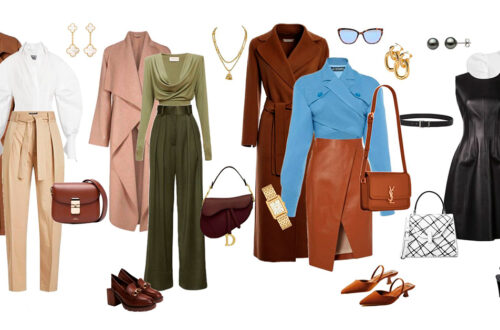
20 Stylish and Professional Fall Office Outfits for 2023
October 18, 2023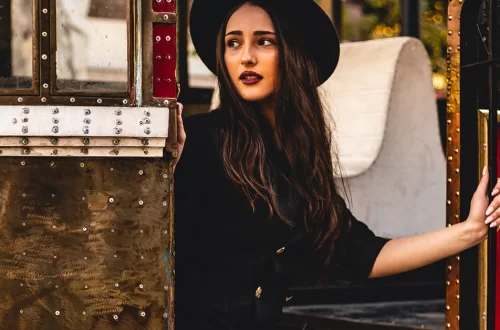
From Desk to Dark: Guide to Female Corporate Goth
October 24, 2023
